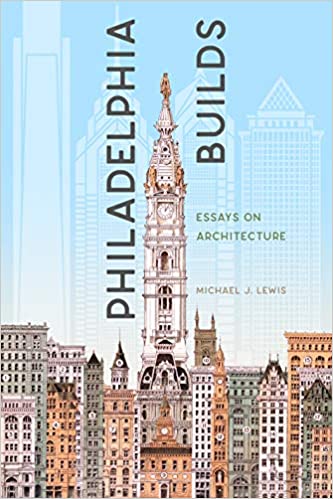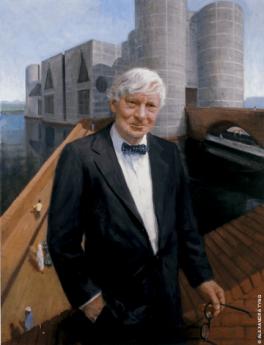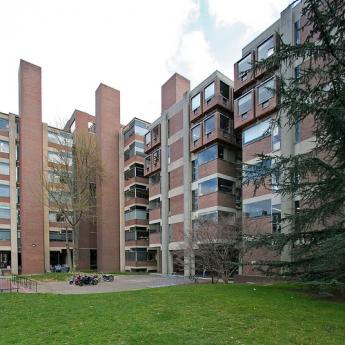Related Topics
Academia in the Philadelphia Region
Higher education is a source of pride, progress, and aggravation.
Architecture in Philadelphia
Originating in a limitless forest, wooden structures became a "Red City" of brick after a few fires. Then a succession of gifted architects shaped the city as Greek Revival, then French. Modern architecture now responds as much to population sociology as artistic genius. Take a look at the current "green building" movement.

Beyond Most of Us

|
| Louis I. Kahn |
The Athenaeum is slowly migrating into a national historical museum of American architecture. In this spirit, it recently presented a lecture by Carter Wiseman of Yale on the subject of Louis I. Kahn to an overflow audience. Professor Wiseman drew his remarks from his recent book about Kahn, called Beyond Time and Style.
Many giants of Philadelphia architecture, like Strickland and Walter, are known to us for the memorable public buildings they designed, but Kahn and Venturi are known for their scientific contributions to the theory of architecture. Their reputations were consequently made among architectural scholars, and then passed on to the public in the form of praise that is a little hard for laymen to understand. For example, Wiseman begins his course on Kahn by telling the students they probably will not understand Kahn at the beginning of the course, but all will revere him by the end of it. The rest of us, of course, have not attended the lectures, and a reciprocal effect probably has something to do with Kahn going to his grave, deeply in debt. No doubt the additional fact that he had three families with three women simultaneously, somewhat strained his cash flow as well.

|
| Richards laboratory of the University of Pennsylvania |
Kahn encountered the architectural field toward the end of the period of Modernism, which he referred to as "machines to live in". Rather than overturn the whole idea of Modernism, he softened its harshness through ingenious use of interior lighting, and the use of rough rather than smooth shiny materials. His teaching was that closets, elevator shafts, corridors and the like were "servant" spaces, to be hidden and subordinated to "served" spaces, like reception areas. The overall effect was a deceptive simplicity, often regarded by the public as simple boxes when the underlying design was anything but simple. For some reason, the concepts of rough surfaces and subordinated spaces was particularly effective in India and Pakistan. It was least popular in his two famous American laboratory buildings, the Richards laboratory of the University of Pennsylvania, and the Salk Institute in La Jolla, California. Both of these laboratories were widely praised by architects, and resoundingly hated by the chemists who used them, because chemists are particularly fond of closets. He does have one group of particular enthusiasts among those who own and inhabit the tall glass office buildings which became so popular after the Seagram's tower on Park Avenue in New York. Washing all that glass is a problem and surfaces which don't look dirty so soon, gain advantage.
Professor Wiseman spared his audience the story of Kahn's death, presumably because it is so well known. He died in the washroom of Penn Station in New York, and his body lay unidentified in the morgue for three days. It is supposed that someone stole his wallet with identification papers, because there couldn't have been much else in it to steal.
Originally published: Monday, October 22, 2007; most-recently modified: Wednesday, April 10, 2019